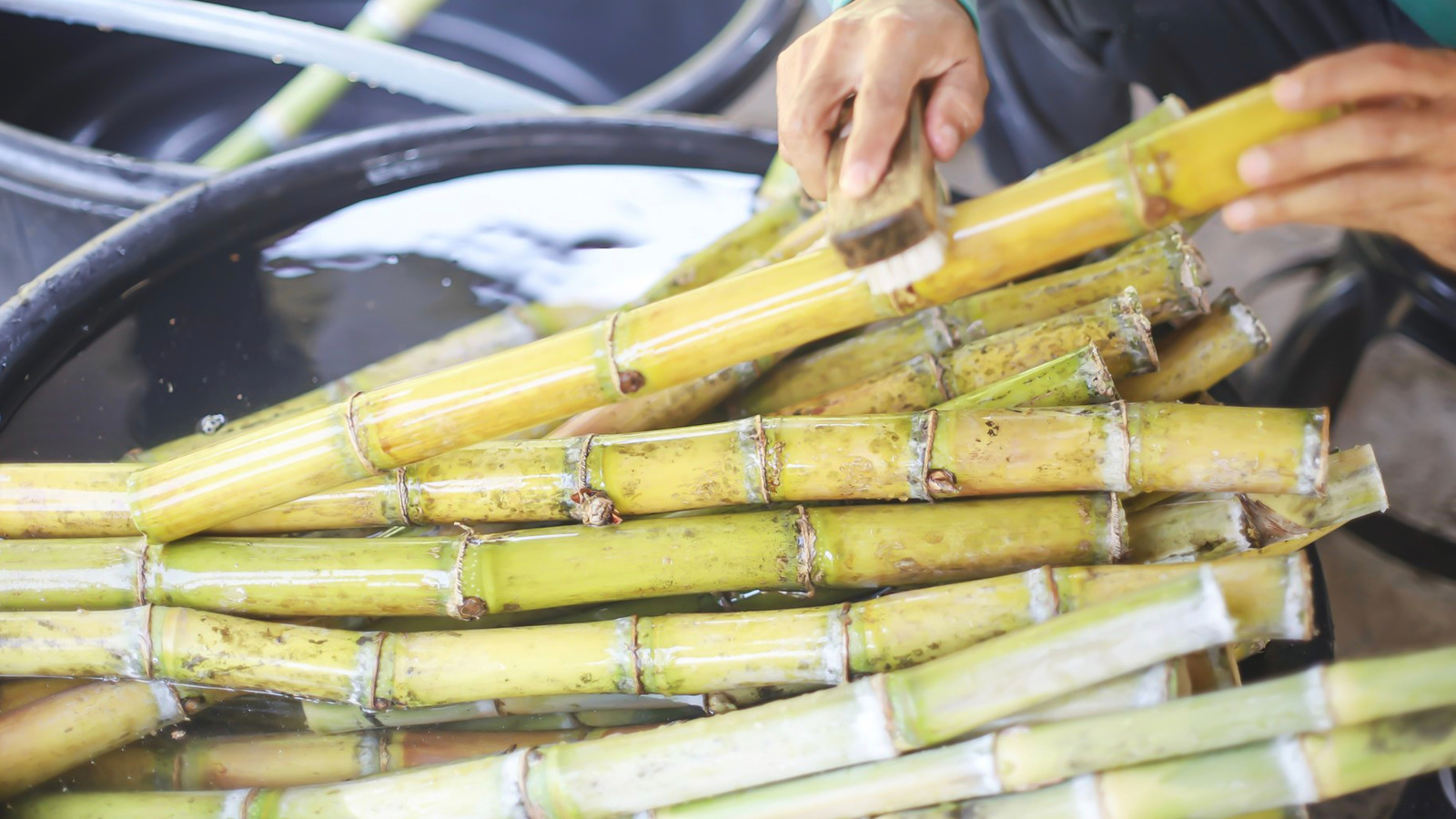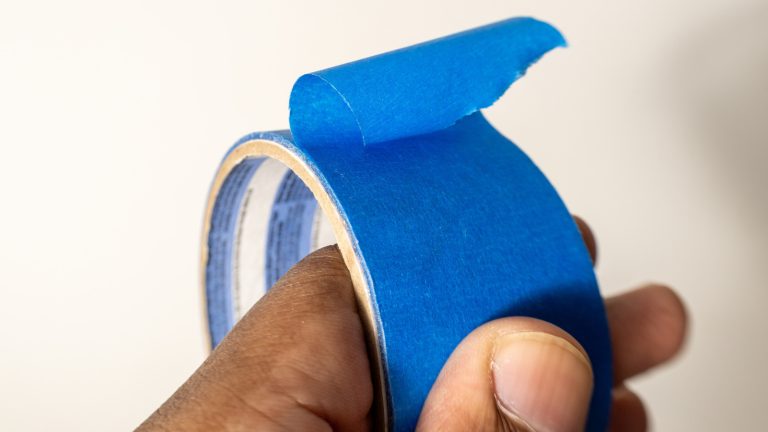
You might already know that some of the sugar you buy in stores comes from sugar cane. However, unless you live in a tropical climate, cultivating sugar cane in your garden is not feasible. Although there is a cold-tolerant tropical variant that can add a touch of summer to your home, it serves a purely decorative purpose. Moreover, extracting juice from sugar cane and processing it into a final product is quite complex. Interestingly, some of the sugar you purchase is also derived from a root vegetable known as sugar beet (Beta vulgaris subsp. vulgaris). This crop is commercially grown in the United States and several European countries, contributing to about 30% of the world’s sugar production. The advantage is that you can cultivate this sweet sugar cane alternative in your yard, even in cold climates, as it is not considered invasive.
Although transforming sugar beets into sweet syrup and sugar crystals is still a rather involved process, growing these beets in your garden has its benefits; both the root and leaves are edible. If you’re interested in making your own sugar, trying to grow these beets could be an enjoyable endeavor. There’s nothing to lose, as you can use the leaves in stir-fries and other dishes and cook the roots like regular garden beets.
How to Grow Sugar Beets in the Garden
Growing sugar beets is as straightforward as cultivating any other root vegetable. It’s best to sow sugar beet seeds directly into the garden to avoid root deformity from transplanting. Plant the seeds in spring, post the last frost date. If you prefer to start them indoors, use peat pots, toilet paper rolls, or similar containers that can be planted directly into the garden without disturbing the roots. For direct sowing, plant seeds half an inch deep and 6 inches apart. Germination should occur within five to ten days. Keep the soil moist during this period but avoid overwatering.
Protect young seedlings from slugs and snails, as their tender leaves are a treat for these pests. You can set slug traps or use wildlife and pet-safe snail pellets. Weather can be unpredictable, so if a late frost is forecasted after seedlings have emerged, cover them with a row cover or use empty soft drink bottles as plant cloches. Remove these once the sun returns.
Taking Care of Your Plants and Harvesting
Caring for sugar beets is relatively easy. These plants need consistent moisture during their growth, so water them when the top 2 inches of soil are dry. If your soil has a reasonable amount of organic matter, additional fertilizer isn’t necessary. In cases of poor soil, opt for a fertilizer rich in phosphorus to promote good root development. Avoid excessive nitrogen, which can lead to abundant leaf growth at the expense of robust roots.
Patience is essential when growing sugar beets, as they take about 80 to 100 days to mature. Meanwhile, you can harvest some of the outer leaves for culinary use. These beets become sweeter if harvested after a significant frost. If you’re familiar with growing root crops like carrots and garden beets, you can estimate root size by observing the crown protruding from the soil, harvesting when they appear large enough. Since sugar beets are biennials, consider leaving a few in the ground to bolt the following spring, allowing you to collect seeds for the next crop.






